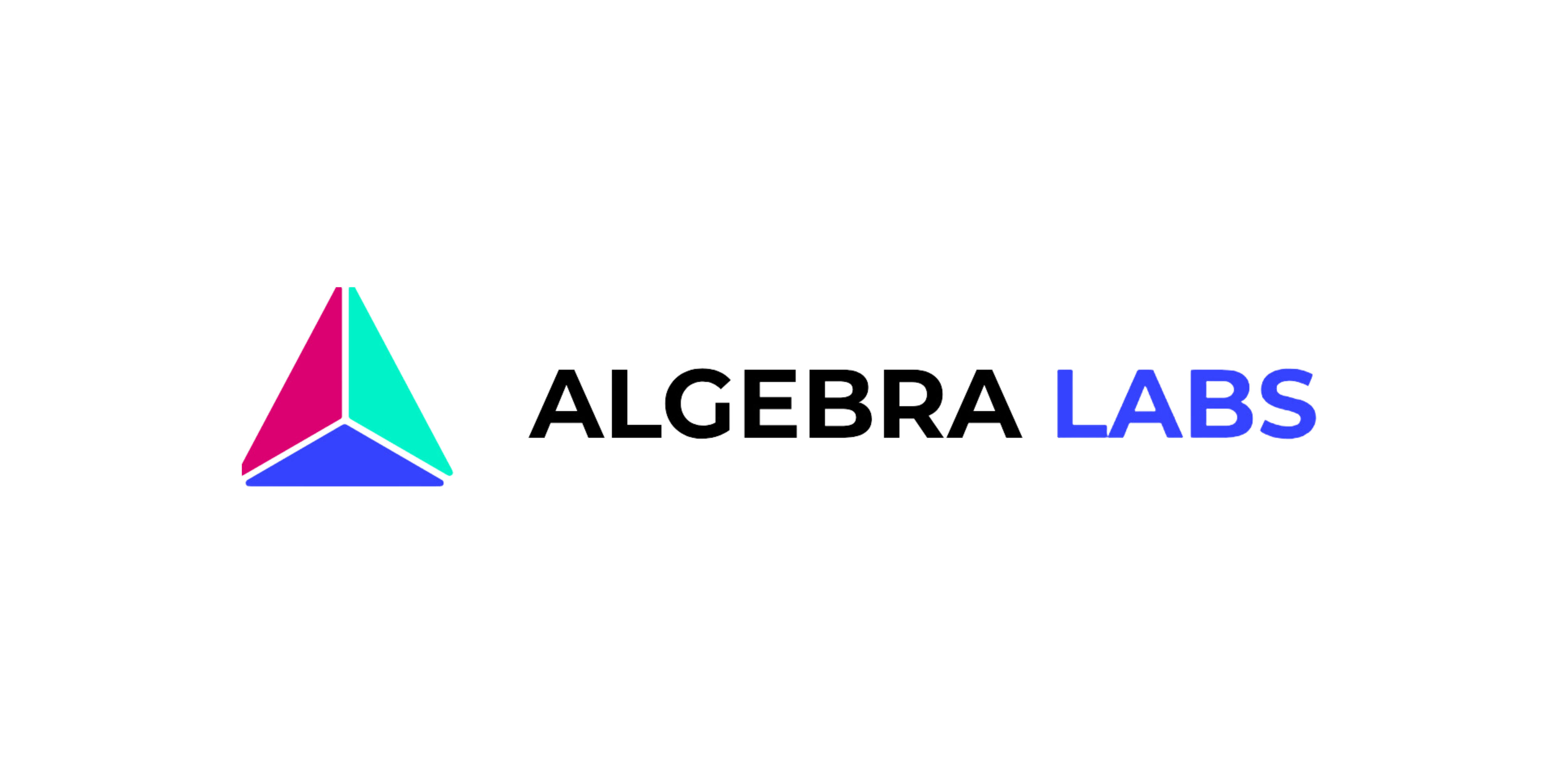Introduction
Algebra Finance stands out in DeFi with its innovative approach to decentralized exchanges (DEXes). This review delves into its unique aspects, assessing its modular architecture, dynamic fee mechanism, built-in farming capabilities, and more.
Innovation
Algebra Finance introduces several groundbreaking features:
- Modular Architecture Engine: Enhances flexibility and upgradeability, allowing seamless updates without migrating liquidity.
- Dynamic Fee Mechanism: Adapts fees based on market conditions, ensuring optimal outcomes for both liquidity providers and traders.
- Built-in Farming Capabilities: Integrates yield farming directly into the platform, rewarding active liquidity providers.
Architecture
The platform’s architecture is divided into core and peripheral components:
- Core: Manages essential functions like liquidity storage, ensuring security and stability.
- Plugins: Extend pool functionalities, which can be updated or replaced without affecting the core, allowing the system to adapt to new trends and requirements.
Plugins and Hooks
Plugins are smart contracts that interact with the core system, while Hooks enable communication between plugins and pools during key events. This design allows for extensive customization and modular upgrades.
Code Quality
Algebra Finance employs robust coding practices, emphasizing security and efficiency:
- Gas Optimization: The core architecture is optimized for gas efficiency, reducing transaction costs compared to competitors like Uniswap V3.
- Security: The modular design requires stringent security measures, especially for third-party plugins, to ensure the entire system’s integrity.
Product Roadmap
The product roadmap for Algebra Finance is ambitious, focusing on continuous improvement and expansion:
- Future Expansions: Plans include just-in-time (JIT) liquidity solutions, reducing liquidity variance risk (LVR), and supporting perpetual contracts.
- Adaptive Innovations: The platform is designed to evolve with the DeFi landscape, incorporating new features as the market demands.
Usability
While the platform’s sophisticated mechanisms might be complex for average users, it aims to balance advanced features with a user-friendly interface:
- Dynamic Fee Mechanism: Adjusts fees based on market conditions, protecting liquidity providers during high volatility and encouraging trading during low volume periods.
- Yield Farming: Tokenizes liquidity provision using ERC-721 tokens, allowing straightforward participation in farming rewards.
Team
The team behind Algebra Finance consists of experienced professionals in blockchain technology and financial engineering. Their expertise ensures the platform is innovative and secure, with a strong focus on continuous improvement and user-centric development.
Conclusion
Algebra Finance is a forward-thinking DEX platform that combines innovation with practical functionality. Its modular architecture, dynamic fee mechanism, and integrated farming capabilities position it as a leader in the DeFi space. While the complexity of some features may pose a challenge for casual users, the platform’s potential for future development and market adaptability make it a compelling choice for advanced users and liquidity providers.
In summary, Algebra Finance exemplifies a balanced approach to innovation, security, and user incentives, paving the way for the next generation of decentralized exchanges.
| Initial Screening | |||
| Keep researching | |||
| Does this project need to use blockchain technology? | Yes | ||
| Can this project be realized? | Yes | ||
| Is there a viable use case for this project? | Yes | ||
| Is the project protected from commonly known attacks? | Yes | ||
| Are there no careless errors in the whitepaper? | Yes | ||
| Project Technology Score | |||
| Description | Scorecard | ||
| Innovation (Out Of 11) | 9 | ||
| How have similar projects performed? | Good | 2 | |
| Are there too many innovations? | Regular | 2 | |
| Percentage of crypto users that will use the project? | 6% – 10% | 3 | |
| Is the project unique? | Yes | 2 | |
| Architecture (Out of 12) | 11 | ||
| Overall feeling after reading whitepaper? | Good | 2 | |
| Resistance to possible attacks? | Good | 2 | |
| Complexity of the architecture? | Not too complex | 2 | |
| Time taken to understand the architecture? | 20-50 min | 1 | |
| Overall feeling about the architecture after deeper research? | Good | 4 | |
| Has the project been hacked ? | No | 0 | |
| Code Quality (out of 15) | 14 | ||
| Is the project open source? | Yes | 2 | |
| Does the project use good code like C,C++, Rust, Erlang, Ruby, etc? | Yes | 2 | |
| Could the project use better programming languages? | No | 0 | |
| Github number of lines? | More than 10K | 1 | |
| Github commits per month? | More than 10 | 2 | |
| What is the quality of the code? | Good | 2 | |
| How well is the code commented? | Outstanding | 2 | |
| Overall quality of the test coverage? | Outstanding | 2 | |
| Overall quality of the maintainability index? | Good | 1 | |
| When Mainnet (out of 5) | 5 | ||
| When does the mainnet come out? | Mainnet ready | 5 | |
| Usability for Infrastructure Projects (out of 5) | 3 | ||
| Is it easy to use for the end customer? | Medium | 3 | |
| Team (out of 7) | 5 | ||
| Number of active developers? | 3+ | 1 | |
| Developers average Git Background? | Senior | 2 | |
| Developers coding style? | Solid | 2 | |
| Total Score (out of 55) | 47 | ||
| Percentage Score | |||
| Innovation | 16.36% | ||
| Architecture | 20.00% | ||
| Code Quality | 25.45% | ||
| Mainnet | 9.09% | ||
| Usability | 5.45% | ||
| Team | 9.09% | ||
| Total | 85.45% |





